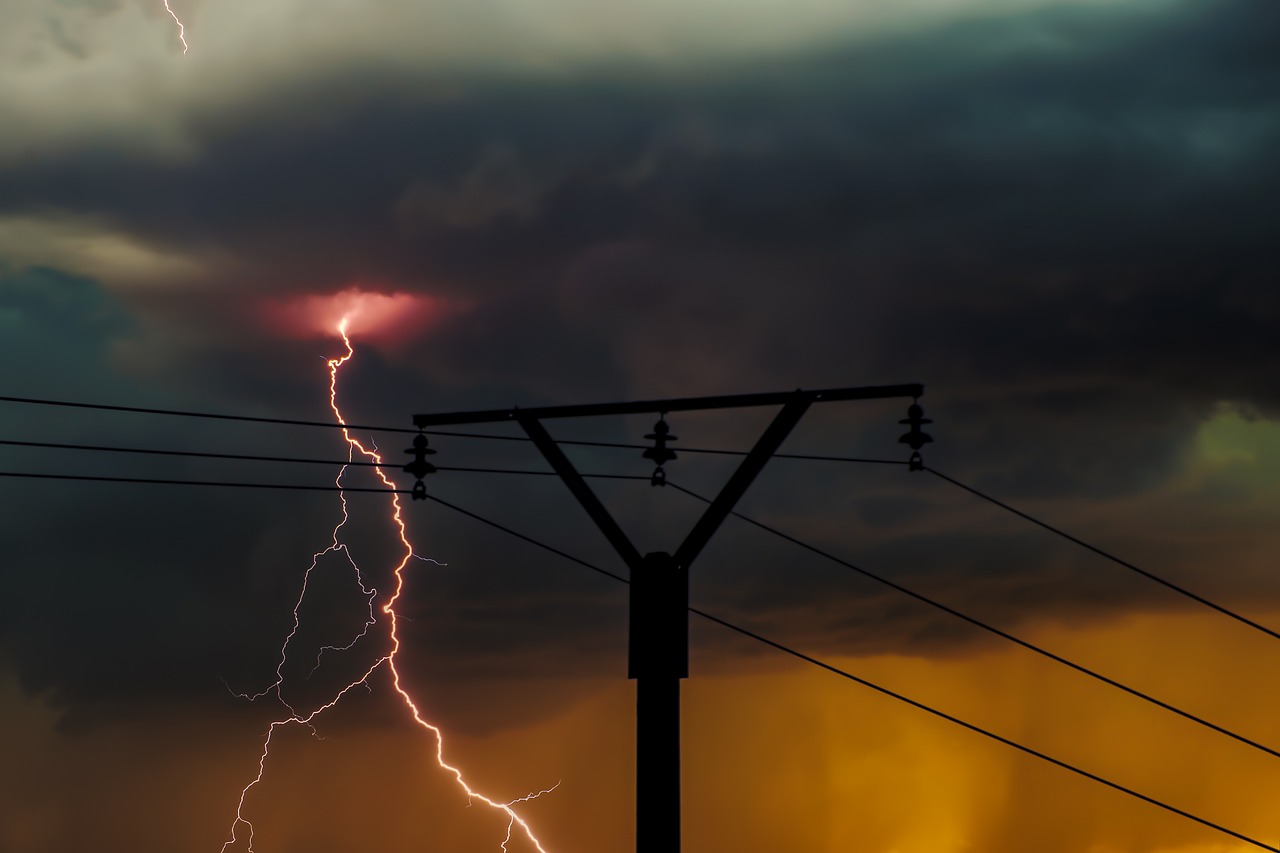In the event of a power outage, it can be frustrating and concerning when your power doesn’t turn back on. There are many possible reasons, but they have a common underlying truth – you need to address the issue as soon as possible. Knowing the steps to take and safety measures to follow can help you navigate the immediate post-outage problems effectively. Still, you should also get in touch with a local electrician to safeguard your home going forward.
Troubleshooting Steps for Post-Outage Power Issues
Circuit Breaker: After a power outage, your first step is to check the circuit breakers. These are the complicated collection of switches in a metal box, usually found in the basement or garage. They control the flow of electricity to areas of your home and might be the culprit for malfunctioning lights and devices. Here’s a simple set of instructions to try:
- Locate your circuit breaker box.
- Open the panel and look for any switches in the ‘off’ position or stuck in the middle.
- Flip these switches to ‘off’ and back to ‘on.’ This can reset your system and restore power.
If all breakers are in the ‘on’ position and you still don’t have power, the issue might be elsewhere, including outside.
Downed Power Lines
After a power outage, it’s important to check the power lines leading to your home. Look for any visible damage, such as downed lines or broken poles. If you spot any hazards, do not approach them. Downed power lines can be deadly – always maintain a considerable distance between you and any downed lines, and do not approach them in wet conditions. As a homeowner, you are unlikely to be responsible for maintaining these lines, so contact your electric company to inform them of the damage and wait for their repairmen to help.
Electrical Outlets: After a power outage, some outlets may not work even if the power is back on. To test them, plug a small appliance, like a lamp or a clock, into the outlet and turn it on. If it doesn’t work, try using it in a different outlet in a separate area of the house. If the appliance works in another outlet, the first one may be faulty.
If multiple outlets are not working, it could be a sign of a larger issue. Don’t attempt to fix electrical outlets yourself. It’s dangerous and could cause more damage to your system. Always call a professional electrician to handle electrical repairs safely.
Generator Options: If your power is frequently out or this experience has opened your eyes, a generator might be an excellent investment to protect your home in the future. Generators can provide temporary power to essential appliances and lights to help your family weather any storm that comes your way.
When considering a generator, think about the following:
- Type: Portable generators are less expensive but need manual operation. Standby or permanently installed generators are pricier but turn on automatically during an outage.
- Size: Calculate the wattage of the appliances you need to power to choose the right size generator. Larger generators will be more expensive upfront and require more fuel and maintenance.
- Fuel: Different generators use different fuels. Consider availability and your ability to store fuel safely.
The team at Promise Electric has helped hundreds of families and residents improve their electrical systems and prepare for the worst post-outage scenarios through generator installation. Call us today if you are in need of repairs or upgrades to your faltering electrical system.



